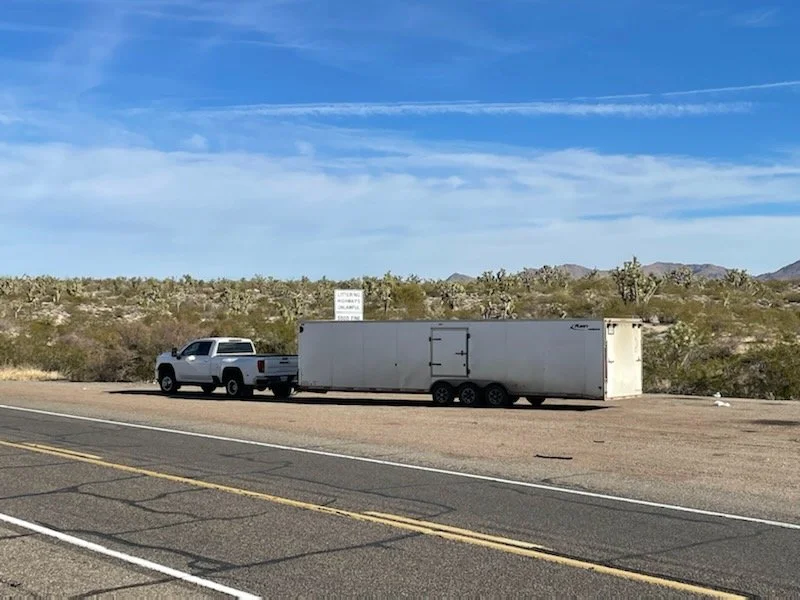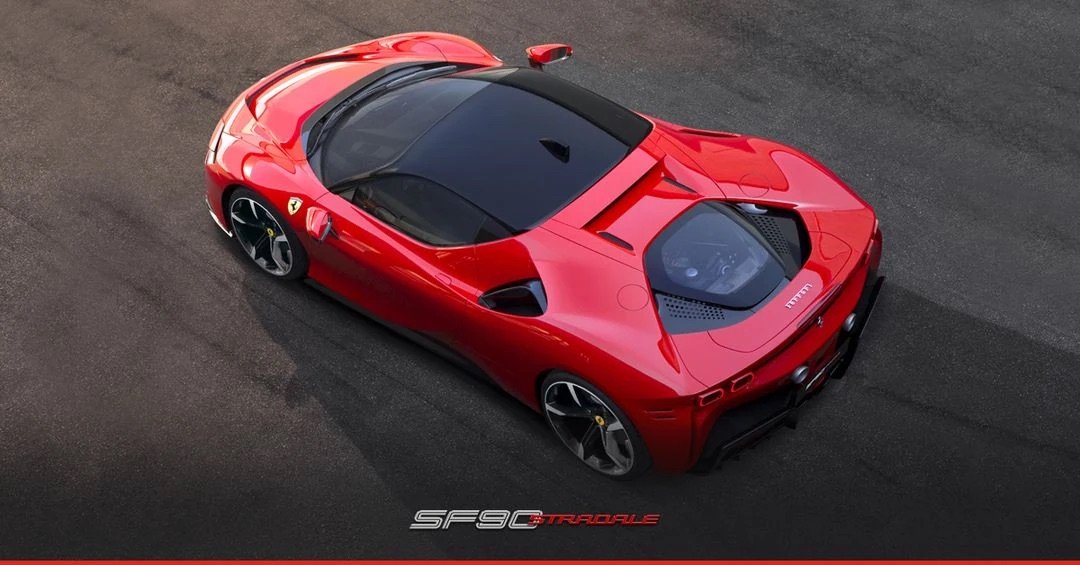The Electrification of Supercars: Revolutionizing Speed and Sustainability
In recent years, the electric vehicle (EV) movement has swept across the automotive industry, reshaping everything from consumer cars to commercial fleets. However, one segment has traditionally remained synonymous with roaring engines and fuel-powered horsepower: supercars. Today, this is changing fast. The rise of electric supercars is not only challenging the status quo of the industry but also proving that electric vehicles can deliver on performance, speed, and excitement, while significantly reducing environmental impact.
This blog post explores the profound impact of electric vehicles on the supercar industry, analyzing how automakers are pushing the boundaries of technology to combine sustainability with heart-pounding performance.
The Growing Trend of Electric Supercars
The shift toward electric supercars has been gaining momentum, driven by advancements in battery technology, a global focus on reducing emissions, and changing consumer preferences. Supercar manufacturers like Ferrari, Porsche, Lamborghini, and newcomer Rimac are leading the charge in electrifying their high-performance models. While traditionalists may argue that supercars are defined by the growl of their combustion engines, the latest crop of electric supercars proves that electrification doesn't mean a compromise on speed or driving dynamics.
LAMBORGHINIREVUELTO
Combined Power Output: 1,001 horsepower
0-62 mph (0-100 km/h): 2.5 seconds
Top speed: Over 218 mph (350 km/h)
The advantages of electric propulsion in supercars are numerous. For one, electric motors offer instant torque, allowing EVs to accelerate faster than their gasoline-powered counterparts. The Rimac Nevera, for example, can accelerate from 0 to 60 mph in under 2 seconds, making it one of the fastest cars in the world—electric or otherwise. This instant power delivery provides a thrilling driving experience that is unmatched by even the most advanced internal combustion engines.
Environmental Impact: Reducing Emissions Without Sacrificing Performance
The environmental benefits of electric supercars are also significant. Traditional supercars, with their powerful V8 and V12 engines, are notorious for their high emissions. Electric vehicles, on the other hand, produce zero tailpipe emissions, making them a far greener option. In a world where governments are imposing stricter emissions regulations, this shift to electric is not just a trend but a necessity for automakers looking to stay competitive.
However, the sustainability argument goes beyond just emissions. Many electric supercar manufacturers are also focusing on eco-friendly production practices, using recycled materials and renewable energy in their manufacturing processes. For instance, Porsche’s Taycan, one of the leading electric sports cars, is produced in a factory that runs entirely on renewable energy, reflecting a holistic approach to sustainability.
PORSCHE TAYCAN TURBO GT
Power: 1,020 horsepower
0-60 mph: 2.2 seconds (~0-100 km/h in 2.2 seconds)
Top Speed: 189.5 mph (~305 km/h)
Technological Advancements Driving the Change
The transformation of the supercar industry would not have been possible without significant technological advancements in EV powertrains, battery capacity, and energy regeneration systems. A key challenge in creating electric supercars has been ensuring that they can deliver the same range and speed as their gasoline counterparts without sacrificing performance. Today’s electric supercars are equipped with cutting-edge battery technology, allowing for impressive ranges and top speeds.
One such advancement is the development of solid-state batteries, which offer greater energy density than traditional lithium-ion batteries. These batteries are lighter, faster to charge, and offer longer driving ranges, making them ideal for high-performance applications. Additionally, regenerative braking systems are being fine-tuned to capture more energy and extend the driving range, ensuring that these electric supercars are not just fast, but also efficient.
Moreover, the integration of advanced software has revolutionized the driving experience. Electric supercars now feature sophisticated systems that optimize torque distribution, control traction, and even adjust performance based on driving conditions. These systems allow for a more customizable and dynamic driving experience, with drivers able to switch between different performance modes for track or road use.
FERRARI SF90 STRADALE
Combined Power Output: 986 horsepower (or 1,015 hp in the XX version)
0-62 mph (0-100 km/h: 2.5 seconds
Top Speed: 211 mph (340 km/h)
Overcoming Challenges: Range Anxiety and Charging Infrastructure
Despite the impressive strides made in electric supercar technology, challenges remain. One of the most pressing concerns for potential buyers is range anxiety. While supercar owners may not use their vehicles for long road trips, the perception that electric vehicles lack the range of gasoline-powered cars can be a deterrent. However, manufacturers are working hard to alleviate these concerns.
With fast-charging stations becoming more common, it is now possible to recharge an electric supercar to 80% capacity in under 30 minutes. Automakers are also working on improving battery efficiency to extend the range of their vehicles. For example, the Tesla Roadster, one of the most highly anticipated electric supercars, is expected to have a range of over 600 miles on a single charge, which would be a game-changer for the industry.
Additionally, the cost of electric supercars is currently higher than their gasoline counterparts, largely due to the expensive batteries and the cutting-edge technology involved. However, as battery costs continue to decrease and economies of scale come into play, we can expect prices to become more competitive in the future.
TESLA ROADSTER
Expected 1000 horsepower
Acceleration: 0-60 mph in 1.9 seconds; 0-100 mph in 4.2 seconds.
Top Speed: Over 250 mph (402 km/h)
The Future of Supercars: Electric and Beyond
As the electric vehicle movement continues to gain traction, the future of supercars looks increasingly electric. While some purists may lament the loss of the iconic engine sounds, the benefits of electric supercars—both in terms of performance and environmental impact—are hard to ignore. Moreover, as technology continues to evolve, we may see even more radical innovations, such as hydrogen-powered supercars or cars with modular battery systems that allow for extended range and even more power.
For now, the electric supercar revolution is still in its early stages, but it’s clear that the industry is on the brink of a major transformation. Supercar manufacturers are already investing heavily in electric technology, and it’s only a matter of time before electric supercars become the new standard.
HYPERION XP-1 HYDROGEN FUEL-CELL
Horsepower: Over 2,000 hp delivered by four axial-flux electric motors
Acceleration: 0–60 mph (0–97 km/h) in under 2.2 seconds.
Top Speed: Exceeds 221 mph (356 km/h).
Choose Blackshark for Electric Vehicle Transport You Can Trust
Transporting your electric vehicle requires expertise in weight distribution, specialized handling, and a commitment to safety. At Blackshark, we understand the unique needs of EV transport and ensure your vehicle is delivered securely and efficiently. Trust us to provide the professional care your electric vehicle deserves.
Contact Blackshark today to schedule your EV transport and experience the difference of working with industry experts!

















